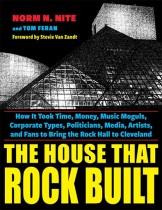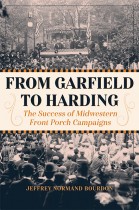Boxscore News reviews The ’63 Steelers
dcrosby | Filed under: NewsBoxscore News reviews The ’63 Steelers: A Renegade Team’s Chase for Glory by Rudy Dicks.
“Author Rudy Dicks guides us thru the Steelers 1963 season game by game taking us into the clubhouse and at times inside the huddle. He details mercurial Head Coach Buddy Parker’s tactics and back story. Parker and the Pittsburgh faithful find the team […]



